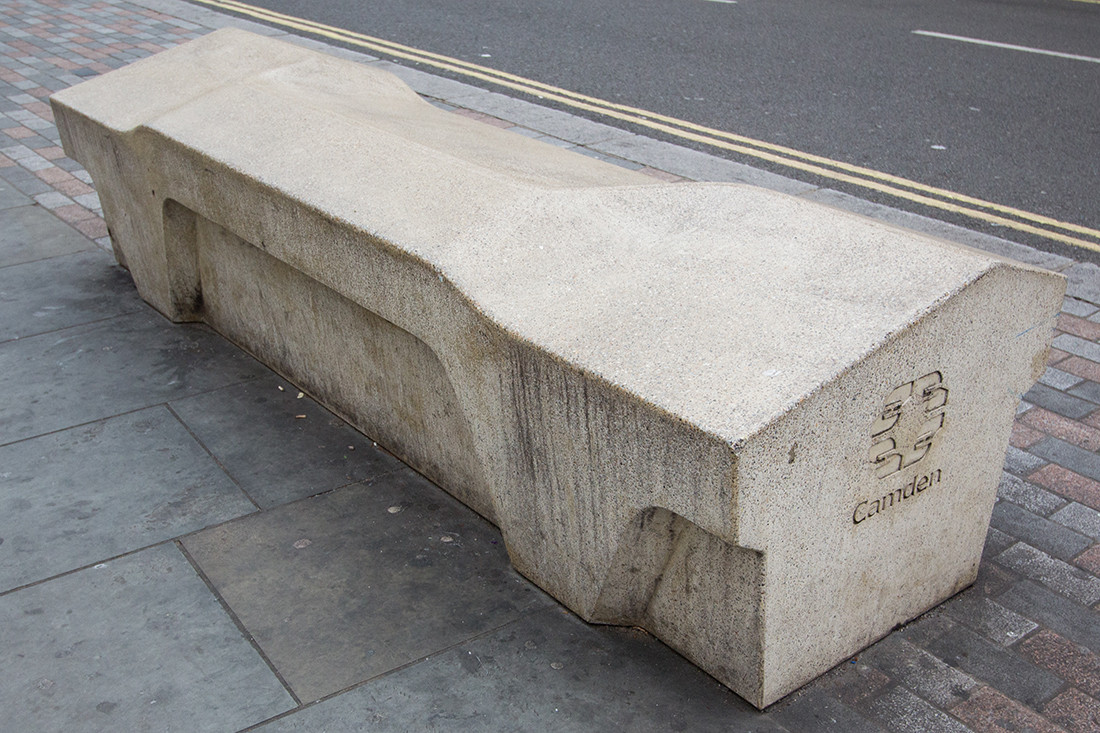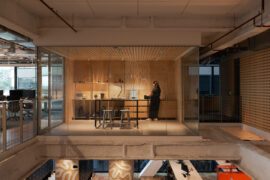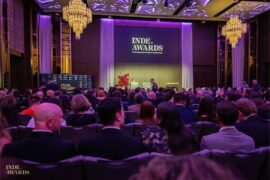Ever get the feeling that you’re not welcome in your own town? That’s not an accident.

March 4th, 2020
The entire point of architecture, you might assume, is to make human beings comfortable and happy. Living in a built environment is typically stressful enough as it is without feeling judged by every bustop and public toilet.
Yet all that goes out of the window when you start to recognise the prevalence of what’s called Hostile Architecture, aka This Bench Reckons You Should Bugger Off.

Either that or they ran out of wood
The point of hostile architecture – also known as Crime Prevention Through Environmental Design (CPTED), in case you’re wondering whether urban planners see conditions like being poor, homeless and/or young as being a deliberate criminal act these days – is to change people’s behaviour in public.
And yes, some of it seems pretty benign – like those metal spikes inside awnings to deter birds from perching and pooing all over the place. Other seem very hostile indeed, like metal spikes on the ground under enclosed areas to deter homeless people from sleeping there.

You might have experienced it yourself with modern bus shelters where that tired old “seat” technology has been replaced with perches, just in case you were in any danger of wanting to rest for a bit while waiting, or had to lay an egg.
In 2018 Camden London Borough Council was hailed for creating the ultimate “anti-object”: a large concrete public bench in Camden specifically designed to be uncomfortable to sit upon. Just dwell on that for a second: instead of providing a seat, the council went to considerable effort and expense to replace it with something that discouraged its own sole purpose.

The benches are a little higher than anyone would like, have a peak in the middle and then slope uncomfortably downwards in case anyone might fancy a lie down, and have uneven edges to ensure that dangling legs feel weird and that any ambitious skateboarder will do themselves a significant injury should they try doing a sweet grind. It’s like an insult, but in concrete.
And there’s something genuinely genius about providing a public amenity whose use makes one’s day that small but noticeable bit worse, saying to the citizenry “oh, you want to sit down for a second? OK, then you deserve to be punished.”

Though you can get around it, with a little planning
It’s particularly insidious as common space for the public has been squeezed into ever-smaller parcels, but it also raises the question: who has the right to be in their own city? When the high street is filled with subtle but unmistakable messages telling people to move the hell on while privately-owned, corporately-held shopping centres and casinos are created to be as seductively alluring as possible, the message is pretty clear: you can stay, if you can pay.
And there’s a lot to be said for architecture which subtly affects behaviour. We’ve done a lot to make cities more navigable for the sight impaired, for example, with audible crossings and tactile footpaths.
But if we’re simultaneously creating an urban environment filled with annoying flickering lights to discourage drug users, high-pitched noises to ward off teenagers, and literal lumps of concrete sitting in the middle of the footpath, then maybe it’s time for a design overhaul – either of our cities, or of the level of compassion exercised by human beings generally.
If you loved this, we think you’d might like It’s not Holden you’re mourning, it’s the Australian Dream.
INDESIGN is on instagram
Follow @indesignlive
A searchable and comprehensive guide for specifying leading products and their suppliers
Keep up to date with the latest and greatest from our industry BFF's!

Welcomed to the Australian design scene in 2024, Kokuyo is set to redefine collaboration, bringing its unique blend of colour and function to individuals and corporations, designed to be used Any Way!

ReLove has celebrated the official opening of ReStory by ReLove, a social enterprise giving beautifully curated, preloved furniture a second life.

Richard Francis-Jones, Design Director at fjcstudio, writes about the search for public space between the consumerism of commercial self-interest and the bureaucratic authoritarianism of the state.

We spoke with three architects currently practising in Canberra to investigate the city’s planned history and what it means to work in that shadow.

The pro bono work of Studio Tate is making a tangible difference to the many organisations it supports. In its latest project, there is no question that fine design makes all the difference to living a better life for those at Youth Projects’ The Living Room.
The internet never sleeps! Here's the stuff you might have missed

The Arup Workplace in Perth/Boorloo, designed by Hames Sharley with Arup and Peter Farmer Designs, has been awarded The Work Space at the INDE.Awards 2025. Recognised for its regenerative design, cultural authenticity, and commitment to sustainability, the project sets a new benchmark for workplace architecture in the Indo–Pacific region.

As a supporter of the 2025 INDE.Awards, COLORBOND® steel recognises the importance of the next generation of architects who are leading the way in creativity and innovation to help design and sustain our future.

London-based design duo Raw Edges have joined forces with Established & Sons and Tongue & Groove to introduce Wall to Wall – a hand-stained, “living collection” that transforms parquet flooring into a canvas of colour, pattern, and possibility.